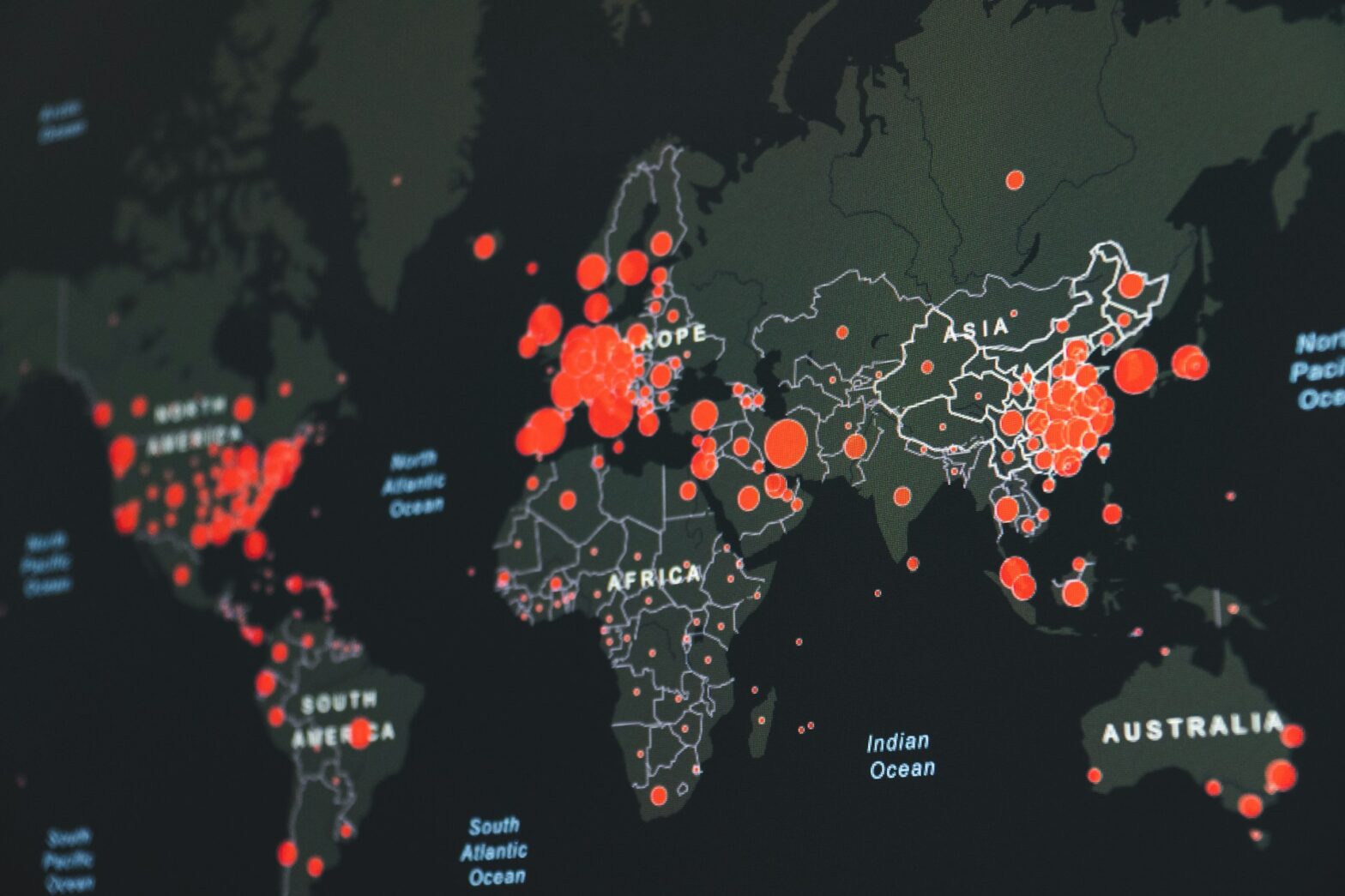Understanding Public Health Surveillance
Public health surveillance involves the continuous monitoring of health indicators and events to identify potential threats to population health and inform public health action. It encompasses a wide range of activities, including the collection, analysis, interpretation, and dissemination of health data from various sources, such as healthcare facilities, laboratories, electronic health records, and community-based surveillance systems. By providing timely and actionable information, public health surveillance enables authorities to implement targeted interventions, allocate resources effectively, and mitigate the spread of infectious diseases, chronic conditions, and other public health threats.
The Role of Health Informatics
Health informatics, the intersection of healthcare, information technology, and data science, plays a crucial role in supporting public health surveillance initiatives. By leveraging advanced technologies and analytical tools, health informatics enables public health professionals to collect, manage, analyse, and visualise large volumes of health data efficiently and effectively. Key components of health informatics in public health surveillance include:
- Electronic Health Records (EHRs): Electronic health record systems capture and store patient health information, providing valuable data for public health surveillance purposes. By aggregating and analysing EHR data, public health authorities can identify patterns of disease, monitor population health trends, and track the impact of interventions.
- Syndromic Surveillance Systems: Syndromic surveillance systems monitor real-time health data, such as emergency department visits, outpatient clinic visits, and over-the-counter medication sales, to detect early warning signs of outbreaks or public health emergencies. Health informatics tools facilitate the collection, analysis, and visualisation of syndromic data, enabling rapid detection and response to health threats.
- Health Information Exchanges (HIEs): Health information exchange platforms facilitate the seamless exchange of health information among healthcare providers, public health agencies, and other stakeholders. By promoting interoperability and data sharing, HIEs enhance the timeliness and completeness of public health surveillance data, improving situational awareness and response capabilities.
- Geographic Information Systems (GIS): Geographic information systems enable the visualisation and spatial analysis of health data, allowing public health professionals to identify geographic hotspots, monitor disease spread, and target interventions more effectively. GIS-based mapping tools enhance situational awareness and support decision-making in public health surveillance.
- Data Mining and Predictive Analytics: Data mining techniques and predictive analytics algorithms enable public health professionals to uncover patterns, trends, and associations within large datasets. By analysing historical data and identifying predictive indicators, health informatics tools can help forecast disease outbreaks, allocate resources, and prioritise interventions for maximum impact.
Challenges and Considerations
While health informatics holds immense promise for enhancing public health surveillance, several challenges and considerations must be addressed to maximize its potential. These include ensuring data quality and completeness, protecting patient privacy and confidentiality, addressing disparities in data access and literacy, promoting interoperability and data standardisation, and building capacity for data analysis and interpretation among public health professionals.
Conclusion
Health informatics plays a vital role in strengthening public health surveillance efforts, enabling authorities to monitor population health, detect emerging threats, and respond rapidly to health emergencies. By leveraging advanced technologies and analytical tools, health informatics enhances the efficiency, accuracy, and effectiveness of surveillance systems, ultimately contributing to improved health outcomes and enhanced public health preparedness. As we continue to harness the power of health informatics in public health surveillance, it is essential to address challenges, promote collaboration, and invest in data-driven approaches to protect and promote population health.
